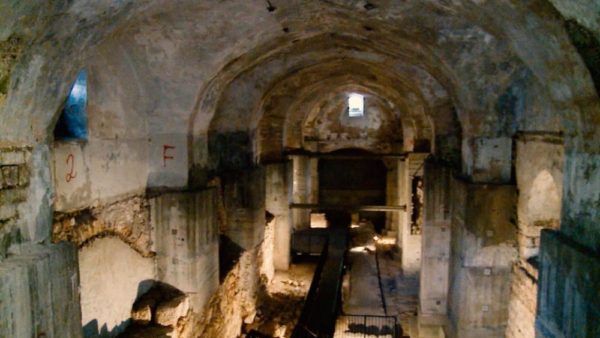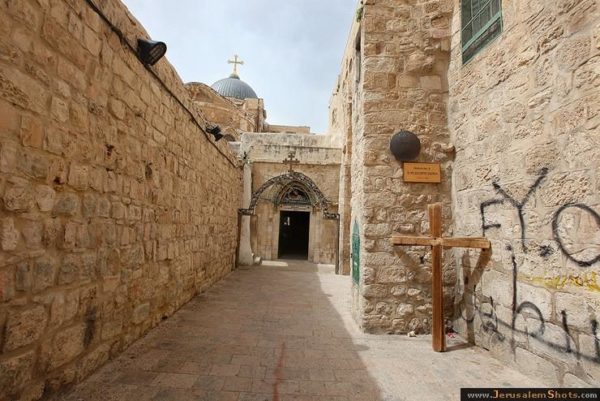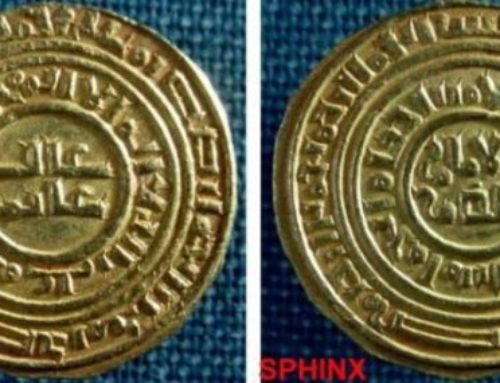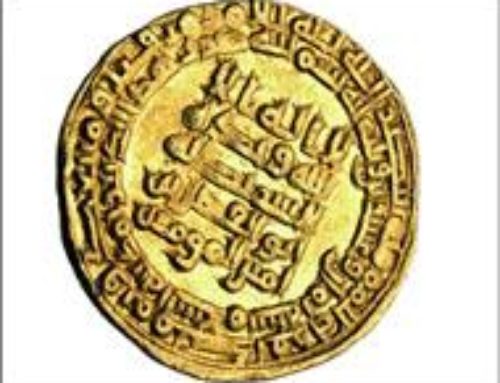
After the death of Herod the Great and from 4BC-41 AD, Jerusalem was ruled by Roman officials called procurators.[1] it was under the rule of procurators that Jesus was born.

The bible mentions that Jesus visited the city number of times, one of them when he was thirteen years old at a time when Jerusalem was a great prosperous Roman city.
In 33 AD, when Pontius Pilate was the Roman Procurator of Jerusalem, Jesus visited the city..[4] According to the bible, he was arrested, put to trial and crucified. After his trial in Pilate’s castle, Jesus walked via Dolorosa[5] towards Golgotha[6] which was the city’s place of execution. Christians came to sanctify this route and consider it a route of pilgrimage.[7]

It took the Roman Empire a long time to adopt Christianity as an official religion. This happened only in the fourth century with the Edict of Thessalonica in 380 AD, when Emperor Theodosius I declared it the official and sole authorized religion of the empire. For three centuries after this, Jerusalem became the Christian center of the east, and even after the Muslim conquest of the city in the seventh century, Christians co-existed with Muslims and had, for the most part, the freedom to do so.[10]

[1] Teddy Kollek and Moshe Pearlman, Jerusalem: a History of Forty Centuries (New York: Random House, 1968), 106
[2] Henry Cattan, Jerusalem (London: Saqi Books, 2000), 24
[3] Joseph Millis, Jerusalem: the Illustrated History of the Holy City (London: Andre Deutsch, 2012), 30
[4] George E Mendenhall, “Jerusalem from 1000-63 BC”, Jerusalem in History (2000): 84 and Karen Armstrong, Jerusalem: One City, Three Faiths (New York: Ballantine Books, 2005), 142
[5] Means the way of tears
[6] Kollek and Pearlman, a History of Forty Centuries, 117, a Roman name means the Place of the Skull
[7] Millis, Jerusalem, 33
[10] Kollek and Pearlman, a History of Forty Centuries, 120






